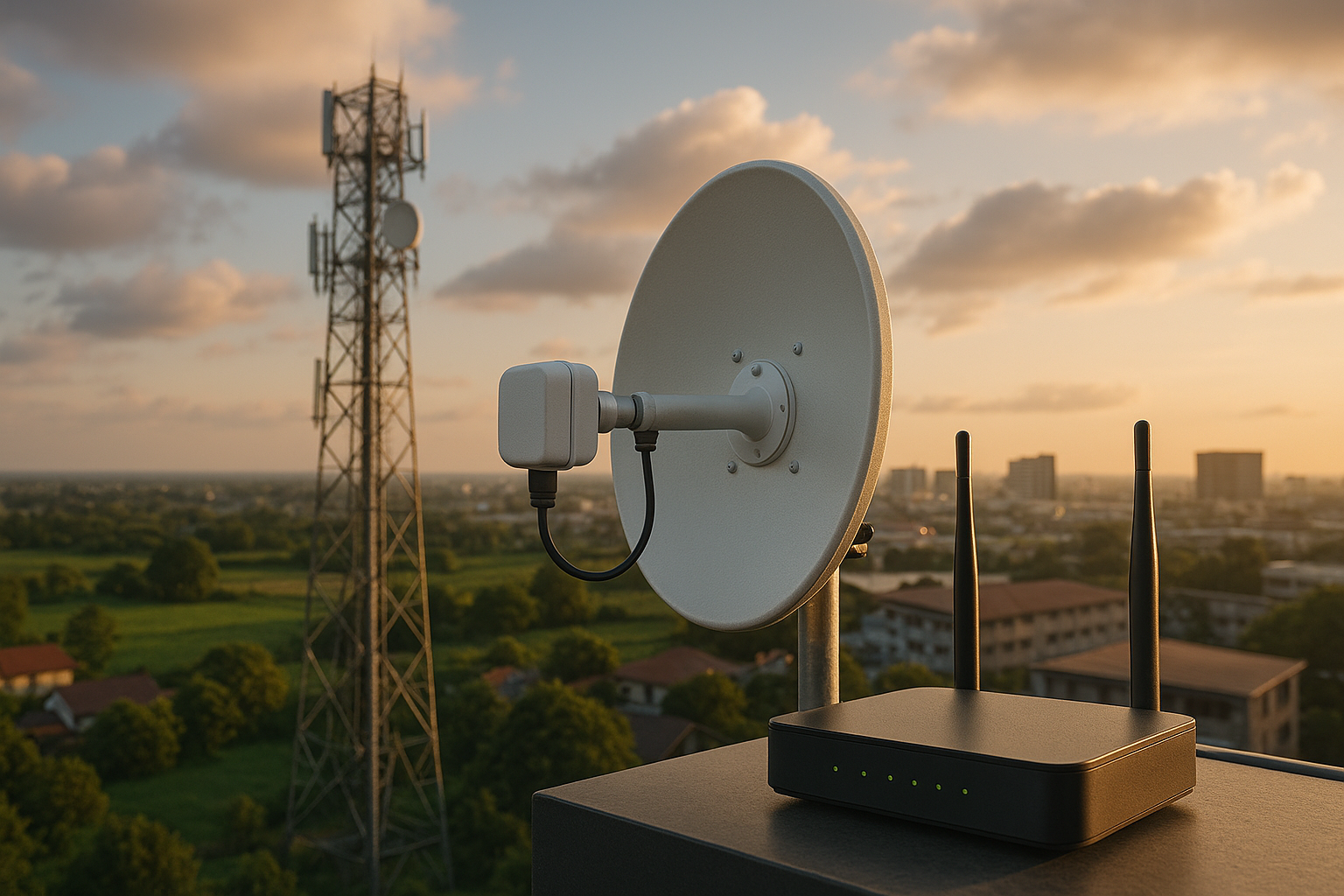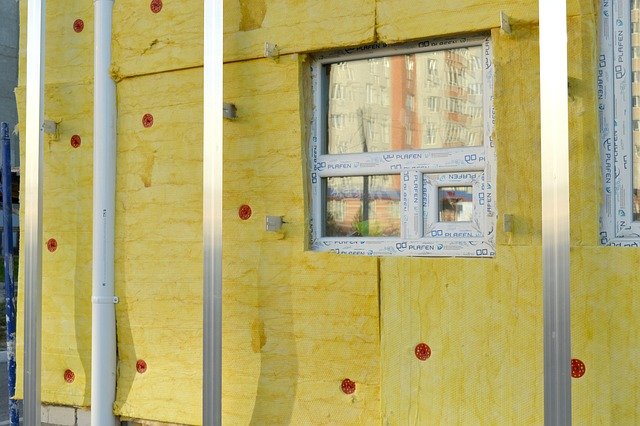Advancements in Fixed Wireless Broadband - A Paradigm Shift in Connectivity
The world of telecom and internet connectivity is a rapidly evolving landscape, continually shaped by new technologies and paradigms. One such technology that has not received widespread attention, but is rapidly making strides in the industry, is Fixed Wireless Broadband. This technology presents an intriguing alternative to traditional wired internet connections, providing a new level of internet accessibility to various regions worldwide.

The Emergence of Fixed Wireless Broadband
Fixed Wireless Broadband is not a new idea. Its roots trace back to the early days of the internet when radio waves were utilized to provide connectivity to remote locations. However, with the advent of more efficient and faster wired solutions like DSL and fiber optic, the use of radio waves for internet connectivity was largely sidelined.
But in recent years, Fixed Wireless Broadband has made a comeback. Technological advancements have made it possible to deliver high-speed internet connections wirelessly, challenging the traditional notion that high-speed connectivity requires a physical wired connection. This shift has been fueled by the increasing demand for high-speed internet across all geographies, including areas where wired solutions are not feasible.
Current Industry Landscape and Regulatory Changes
The current telecom industry’s landscape is increasingly becoming more competitive as different players strive to provide innovative solutions for internet connectivity. The return of Fixed Wireless Broadband is a testament to this trend. Regulatory bodies worldwide are also recognizing the potential of Fixed Wireless Broadband and are adapting their policies and regulations to accommodate this technology.
Impact and Practical Applications of Fixed Wireless Broadband
Fixed Wireless Broadband has the potential to revolutionize the internet connectivity landscape. It can provide a solution to the long-standing problem of providing high-speed internet access to rural and remote areas where laying physical wires is not feasible.
Moreover, this technology can be a cost-effective solution for businesses and homes in urban areas where high-speed fiber optic connections are expensive. With its potential to deliver high-speed internet connectivity wirelessly, Fixed Wireless Broadband can eliminate the need for expensive infrastructure development.
Challenges and Future Prospects
While Fixed Wireless Broadband has several advantages, it also faces several challenges. For starters, the technology is heavily dependent on line-of-sight for efficient transmission, meaning that physical obstructions can hinder the connection quality.
Despite these challenges, the future for Fixed Wireless Broadband looks promising. As technology continues to advance, the challenges faced by Fixed Wireless Broadband are likely to be mitigated, making it a viable option for providing high-speed internet connectivity in various settings.
Conclusion
The re-emergence of Fixed Wireless Broadband signals a paradigm shift in the internet and telecom industry. As the demand for high-speed internet continues to rise, alternative solutions like Fixed Wireless Broadband will play a crucial role in meeting this demand. With its potential to provide high-speed connectivity in areas traditionally unserved or underserved by wired solutions, Fixed Wireless Broadband is a technology that holds significant promise for the future.




